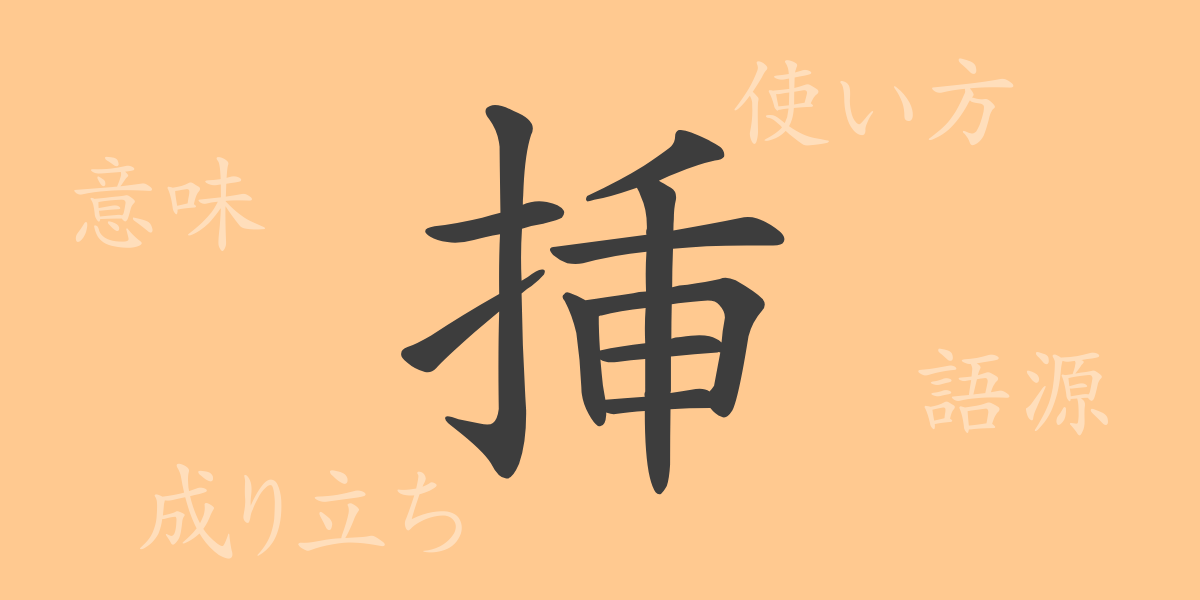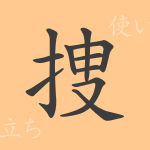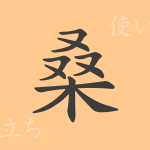The complexity and beauty of Kanji, integral to Japanese written culture, reflect the nuanced understanding of language among Japanese people. This article focuses on the Kanji “挿” (さ.す – ソウ), commonly used yet often unknown in its origins and details. We will explore the history, meanings, applications, and even explore phrases and proverbs involving “挿” (さ.す – ソウ), unveiling its rich expressive power.
Origins of 挿 (さ.す – ソウ)
The Kanji “挿” (さ.す – ソウ) originates from ancient China, combining the radical for “hand” (扌 – 手偏) and “grass” (艸 – 草冠), initially depicting the act of planting vegetation by hand. This form evolved to represent the act of inserting or introducing something, a meaning that has been used historically in ancient Chinese texts.
Meaning and Usage of 挿 (さ.す – ソウ)
“挿” (さ.す – ソウ) is primarily used to mean “to insert” or “to introduce.” It refers to actions like placing flowers in a vase or inserting a bookmark into a book. Metaphorically, it can also denote the addition of a new topic into a conversation.
Readings, Stroke Count, and Radical of 挿 (さ.す – ソウ)
The Kanji “挿” (さ.す – ソウ) varies in pronunciation depending on its context:
- Readings: On’yomi “ソウ” (ソウ), Kun’yomi “さ.す” (さ.す), “さ.し” (さ.し)
- Stroke Count: A total of 10 strokes
- Radical: Hand (手偏)
Phrases and Proverbs Using 挿 (さ.す – ソウ)
There are numerous idioms and phrases involving “挿” (さ.す – ソウ), which demonstrate the richness of expression in Japanese:
- 挿絵 (そうえ) – Illustrations accompanying the text.
- 挿話 (そうわ) – A short story or anecdote that deviates from the main narrative.
- 挿頭 (そうとう) – Words or phrases placed at the beginning of a text.
- 一挿げ (ひとさげ) – Trying something out once, often used as an idiom to suggest giving something a single try.
Summary on 挿 (さ.す – ソウ)
This article has allowed us to delve into the Kanji “挿” (さ.す – ソウ), uncovering the meanings imbued in it and its use in various idioms and phrases. Understanding the depth of Japanese language through such characters enhances our appreciation and enables richer communication. Let us continue to value each Kanji and learn from the culture and history they represent.

























